Singapore Fintech Festival officially kicked off yesterday. In the first episode of The Foundational Fireside Series – How Financial Services Will Change?, Vikram Pandit, Chairman and CEO of The Orogen Group and former CEO of Citigroup explored how capital markets are set to change in the next few years.
A central topic of this year’s Fintech Festival is Web 3.0, which is about data-driven application that will make processes and systems more intelligent, connected, and open. There are many questions about whether, or when, this technology will permeate across capital markets. The main point that Pandit makes is that new technology will be gradually applied to existing capital markets, by streamlining specific processes in the current architecture step by step.
21st century technology in a 20th century system
To analyse the impact that technological disruption can have on capital markets, we first have to make a fundamental distinction between traditional capital markets and DeFi markets. Capital markets are “markets that have essentially taken what used to be a physical process and digitised that,” Pandit says. These are not “digitally native” processes.
On top of that, in capital markets everything is centralised, and trust stems from regulations and standards. This sort of centralised trading and regulation is what Pandit calls the 20th century architecture. This could “not be any further” from how decentralised finance works.
As an investor in tech companies, Pandit sees the rise of DeFi markets strongly linked to the momentum of digital assets. “The economy for digital goods is in a super cycle. They trade, settle, and get paid for in a very different way than in the traditional systems. Lots of the trading that occur there is happening through distributed ledger; it’s DeFi based. And trust is built into those markets, it is built into smart contracts and the architecture of how decentralised finance works.” He has also mentioned Decentralised Autonomous Organisations (DAOs), which make sure that these markets remain trusted and perform the roles they need to.
The interesting thing, Pandit argues, is that “you cannot have two different markets standards stand side by side for too long a period of time. There will be convergences at some point.” The main test for us in the coming years, he thinks, is how we can bring the two together.
All major financial institutions will soon be thinking about trading cryptocurrencies, according to former Citigroup CEO Vikram Pandit https://t.co/zPSQ95PNn0
— Bloomberg (@business) November 8, 2021
It is going to be “evolutionary rather than a revolutionary,” Pandit says. “It is going to happen in steps.”
The first step, Pandit suggests, is to “accept the regulatory architecture for what it is” and try to figure out how to use these new technologies to make capital markets better within the current paradigm and the current architecture. These changes aim streamline the existing architecture; they don’t provide a whole paradigm shift like cryptocurrencies.
Pandit highlights the relevance and easy applicability of these changes in settlements, clearing, custody, and storage to make “trade finance better, make cross-border banking better, and make stock settlement better.”
“This shift will happen gradually. Traditional capital markets will change through interoperability. Clearing and settlement, for instance, are modules that can be taken out of the current architecture, substituted with a new technology and you keep the current architecture. These applications could take a lot of cost out of the system and make the current architecture a little bit more efficient.”
Regulation, CBDCs, and the future of banking
Nevertheless, changes will “only happen as fast as regulators allow it to happen.” The best approach regulators can take, according to Pandit, is a “clean sheet of paper approach.” They should look at what DeFi can represent and what the regulatory wrappings need to be around it. “That is the process of the next few years that has to be embarked on by regulators around the world, so they get comfortable with the built in trust in DeFi contracts.”
Pandit thinks that a conversation between the regulators and the private sector is crucial. “Every regulator is thinking about everything from digital currencies and Defi to market structures, and what that means to the current paradigm and where we are going.”
Likewise, on the private side the entrepreneurs are not sitting still. In fact, cities are competing for talent as they start new decentralised products and exchanges, Pandit mentions. “It’s time to bring them together.”
With regards to central banks consideration to launch CBDCs, Pandit shared that he hopes that the authorities understand the benefits of CBDC and move on to accept and adapt them. Through this, we “can get to the heart of some of the questions we need to answer.”
BoJ, one of the bank regulators in #Japan, moves towards stepping into the arena to compete with the banks it regulates, by preparing to offer direct current accounts to the public (named #CBDC to get you off track). https://t.co/7Tmhr73ziu
— Professor Richard A. Werner (@ProfessorWerner) April 7, 2021
“The corresponding banking system as we know it, which moves money around the world, is built on trying to modernise a paper-based banking system. It’s very slow, it’s cumbersome.
The benefit of having a wholesale digital currency network is the ability to be able to short-circuit that corresponding banking system and have transfers happen intercountry almost instantaneously.”
This follows exactly the same principle of applying new technology in an existing architecture. “It doesn’t address the core of the issue. It’s taking a part of the inefficiency and replacing it with a digital currency. But it doesn’t get at the full promise of what a CBDC can offer.”
Furthermore, DeFi has the potential to “unbundle things that exist in a bundled regulatory architecture.” Pandit calls fractional banking the “bundled banking system where you make a loan after you get a deposit.” He hopes that CBDCs will be available to retail customers who don’t have to rely on deposit insurances as being the way in which their money is safe.
China's central bank #digitalcurrency (#CDBC) has been used in transactions worth almost $10 billion. #cryptocurrency https://t.co/P49RcWl8RR
— Bitcoin News (@BTCTN) November 7, 2021
Talking about how DeFi might affect banking, Pandit notes that: “there is banking in DeFi. It is happening. There are loans available on Bitcoin, you can loan out Bitcoin, you can exchange currency, and you can do peer-to-peer lending. There is an entire banking system that exists and is growing and is architected very differently than the system that we know.”
As such, two participants can voluntarily exchange without an intermediary in DeFi right now. When regulating this space, regulators should keep in mind what they should adapt to the “21st century architecture.” That is to say, the standard for regulation has to start from what the technology can enable and add layers on top of that.
But currently, when we talk about regulation, it is still uncertain which paradigm we are talking about. “Are we talking about having new technologies fit into the regulatory architecture as we know it, or are we talking about migrating the regulatory architecture to the promise of the new technology, where a lot of trust in regulation can be built into the smart contracts?”
Pandit thinks that these questions will most definitely be answered in a methodological way. However, there are still many difficulties arising from the fact how integrated capital markets are. Shaping regulation can become a cross-border coordination game for regulatory authorities
However, Pandit mentions that during his time in capital markets, he has seen new technologies and market making opportunities. The markets have adapted extremely well by embracing technology. He expects that this will keep happening.
Author: Benjamin Jenei
#SFF #Data #CapitalMarkets #DeFi #DigitalAssets #DistributedLedgerTechnology #SmartContracts #DAOs #Cryptos #Regulation #CBDCs
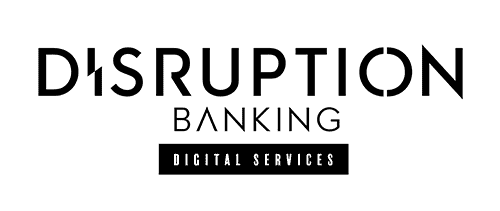

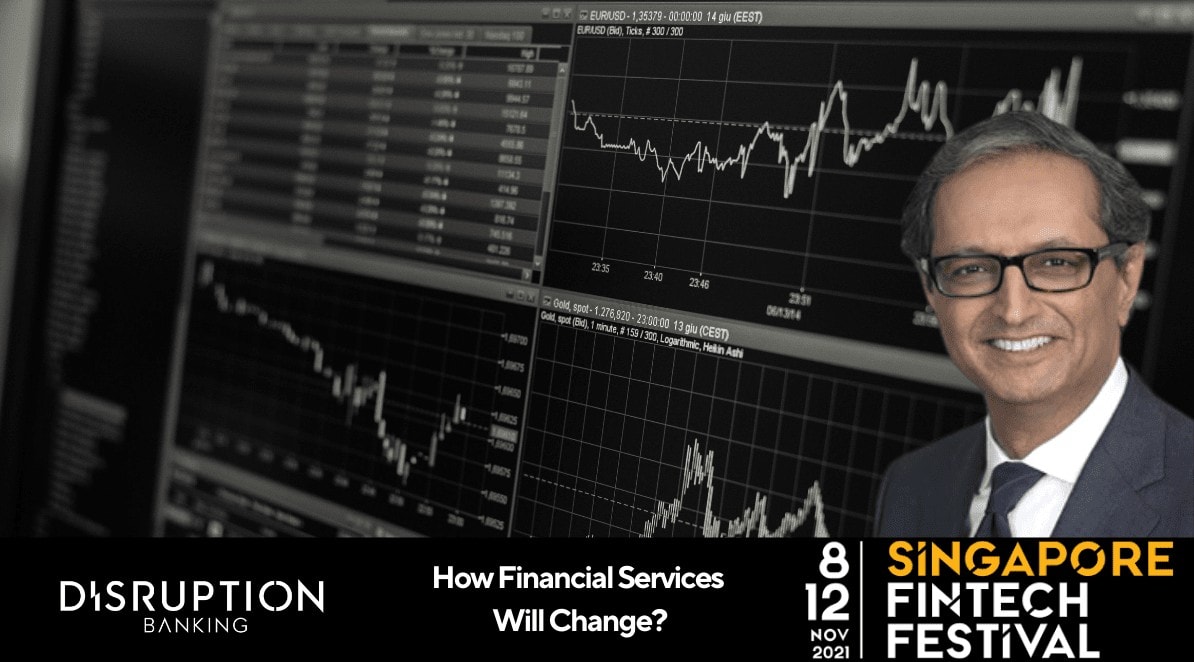

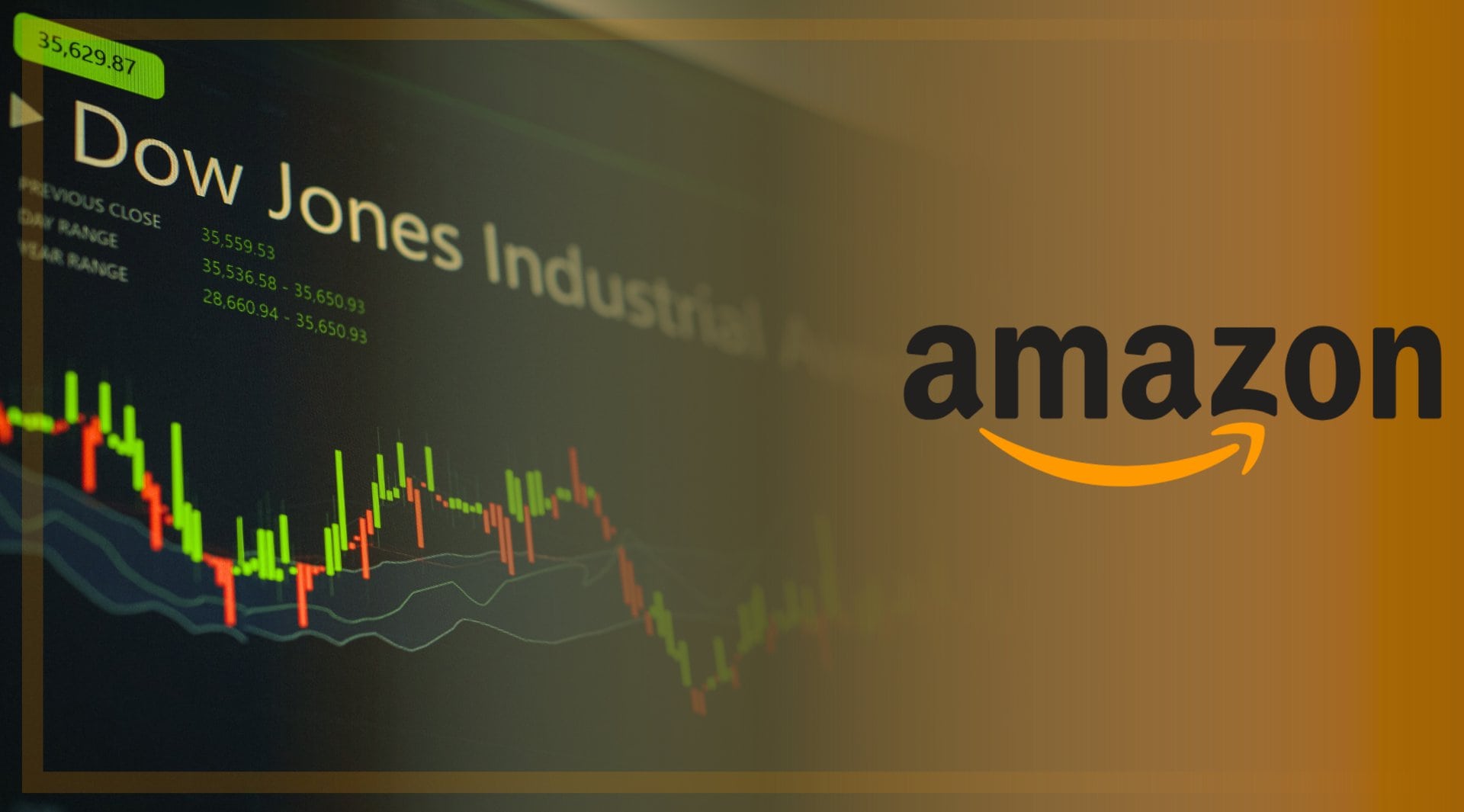
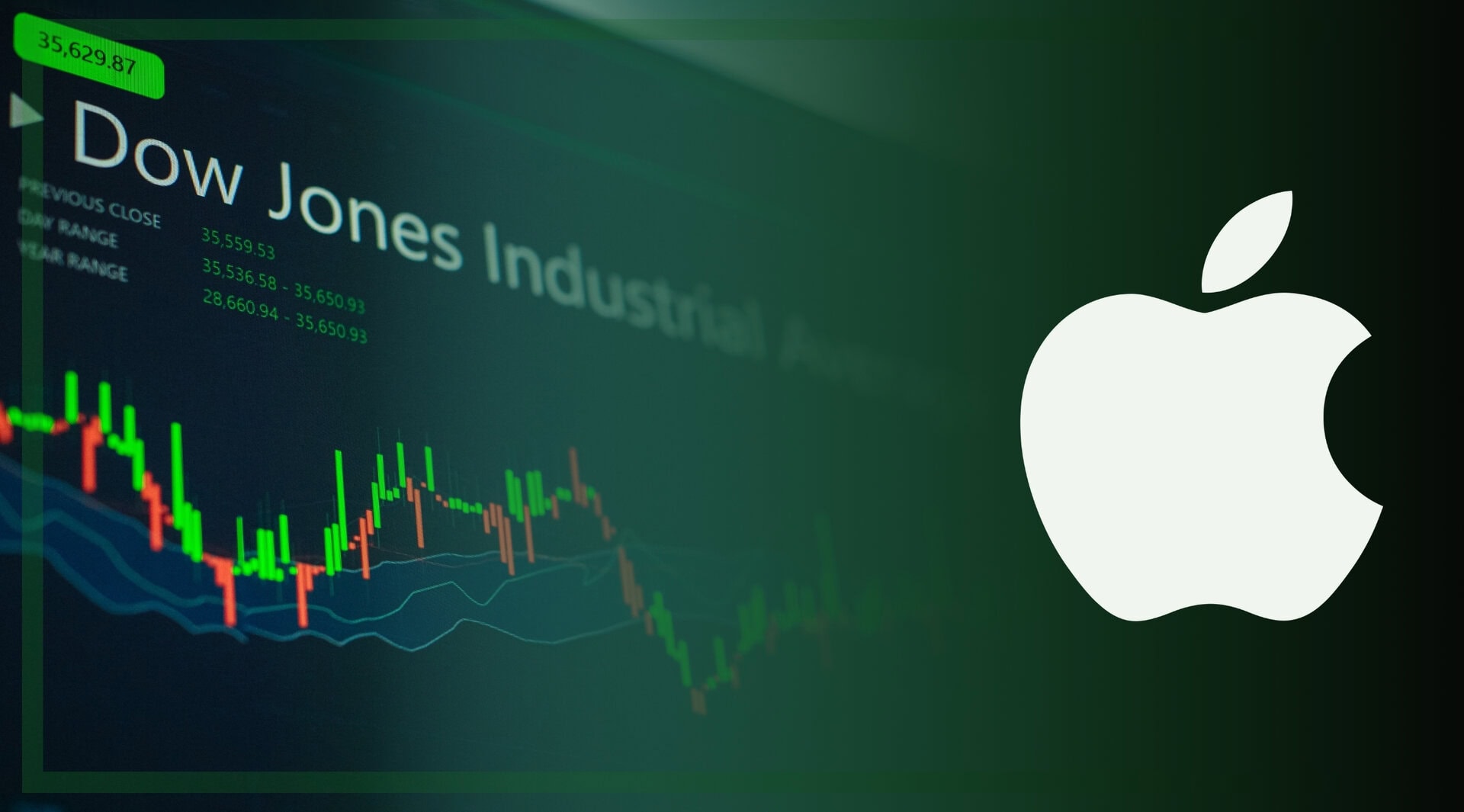

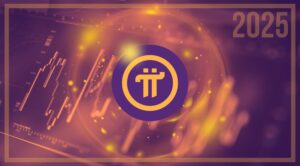


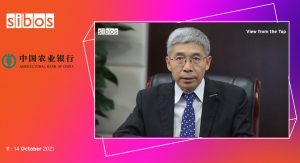



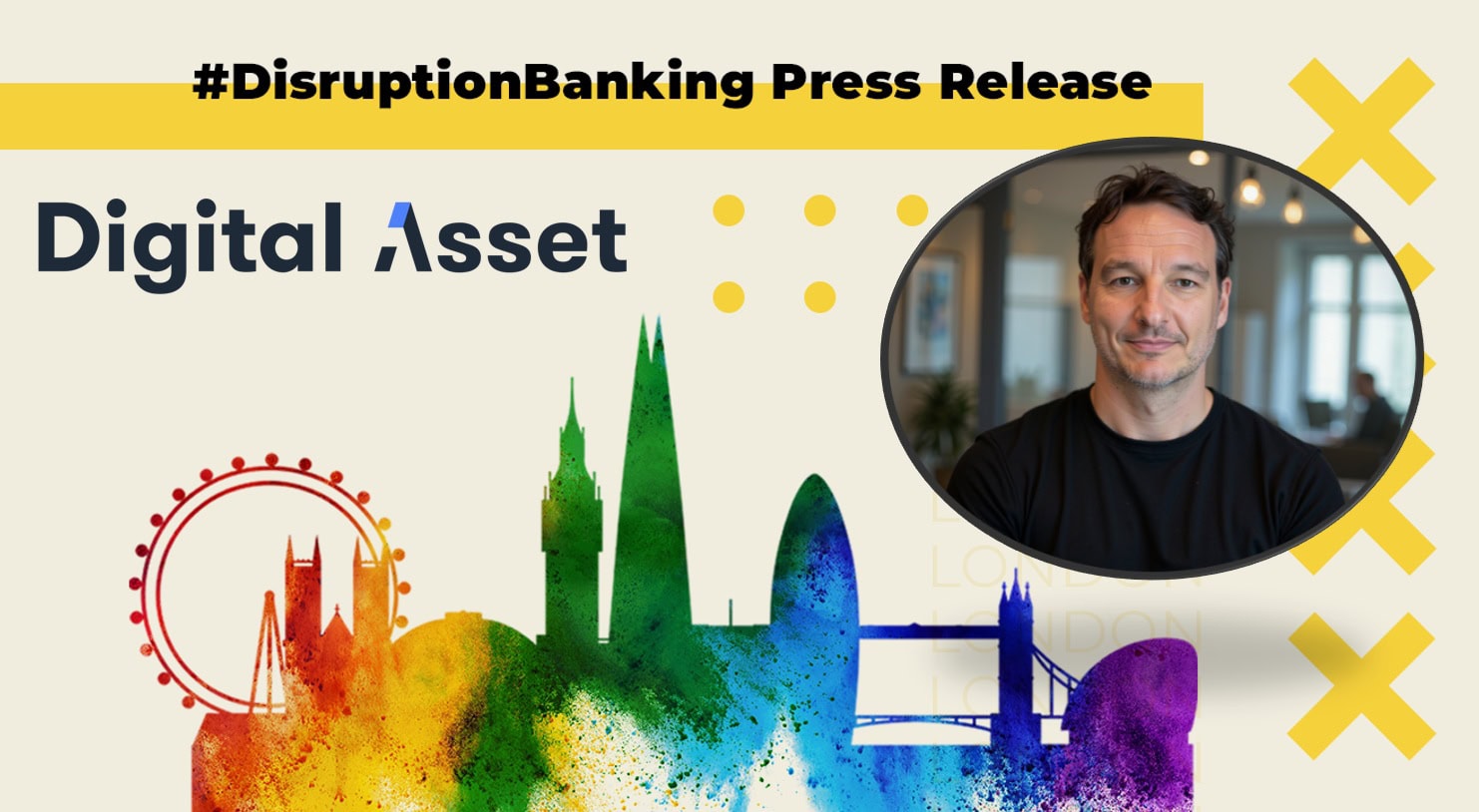

One Response